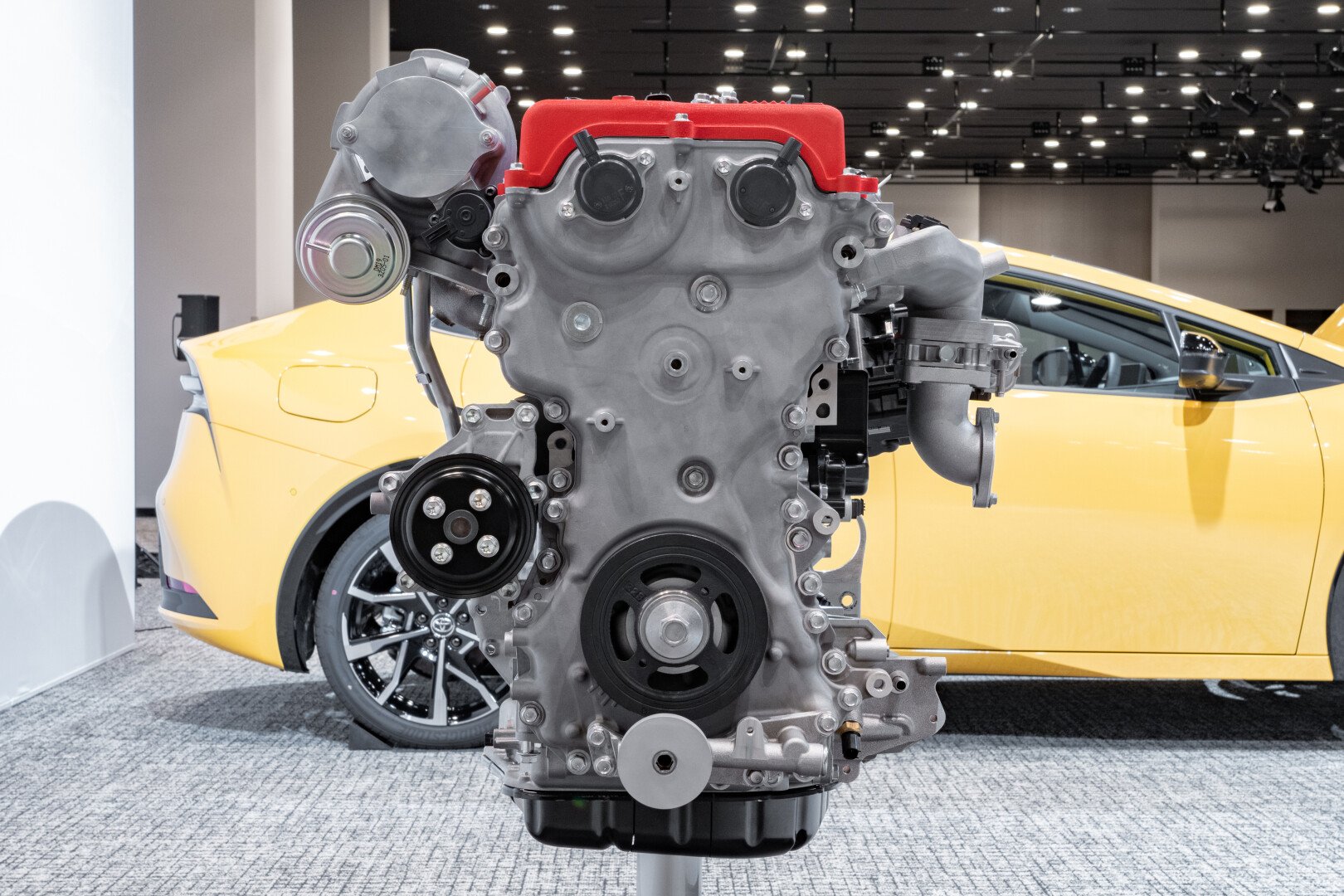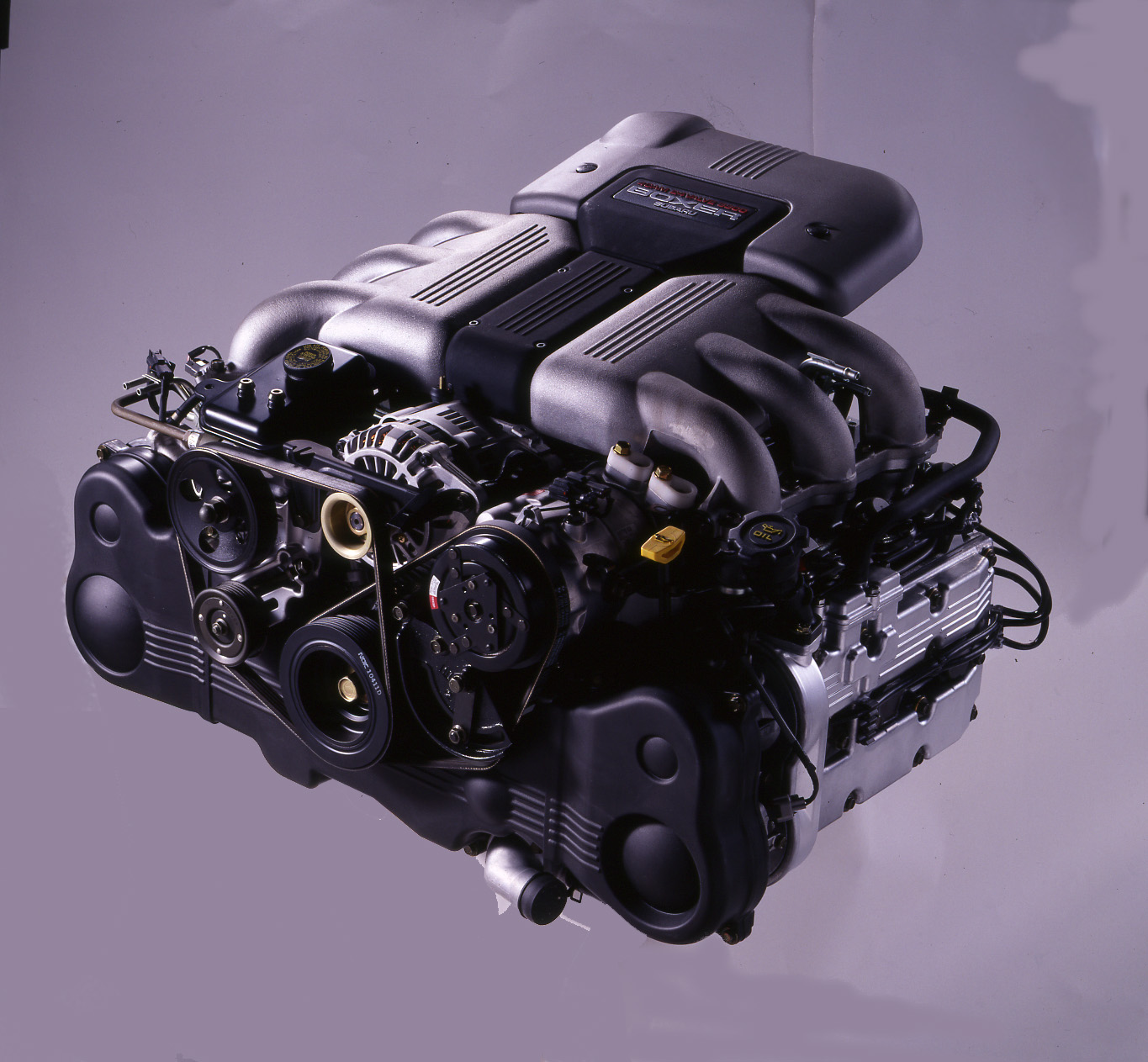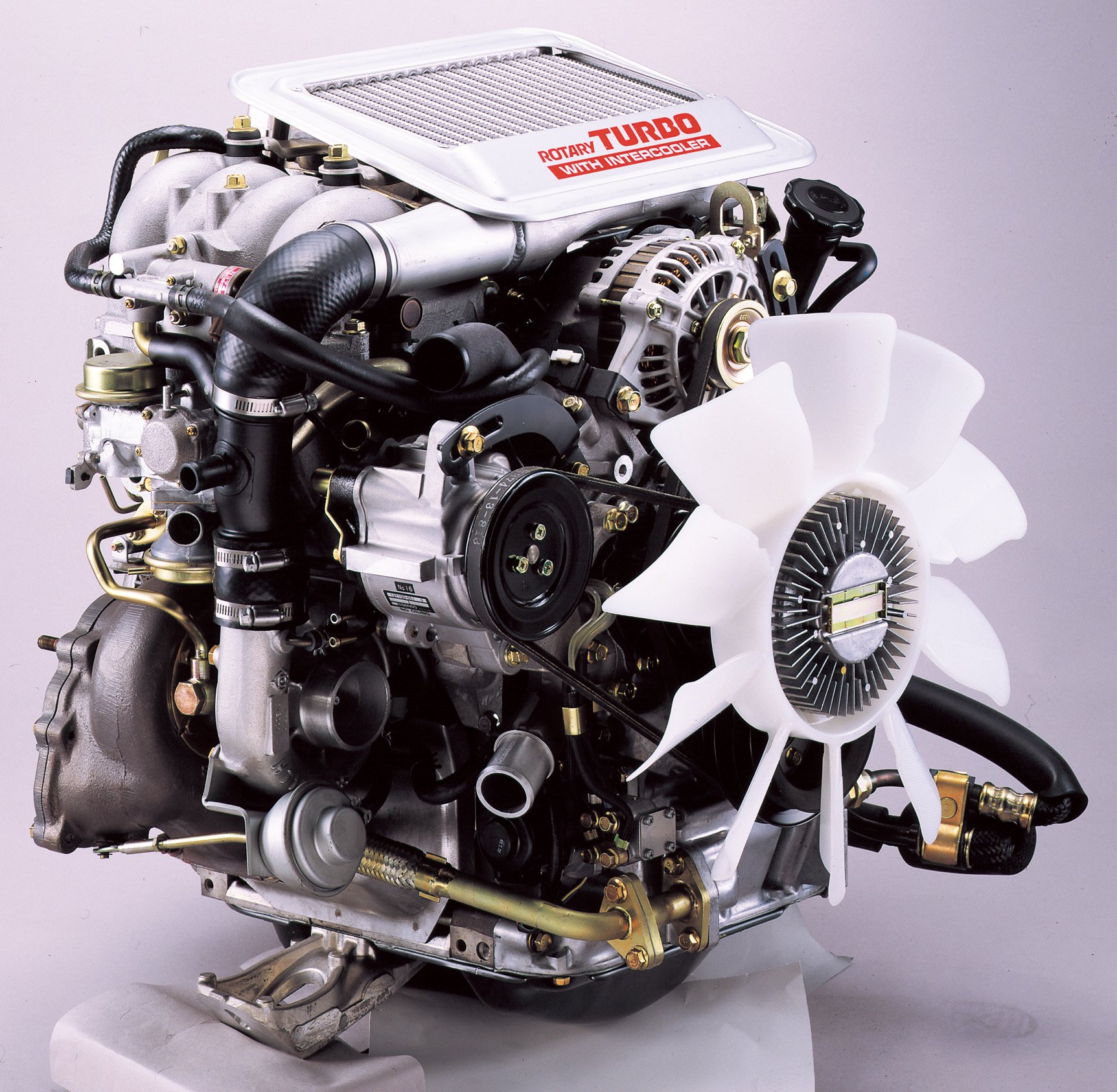One up, one down and one round! Three iconic carmakers and engine builders – Toyota, Subaru and Mazda – are joining hands to develop new engines tailored to electrification and carbon neutrality and, with these engines, each of the three companies aims to optimise integration with motors, batteries, and other electric drive units.
While transforming vehicle packaging with more compact engines, these efforts will also decarbonise internal combustion engines (ICE) by making them compatible with various carbon-neutral (CN) fuels such as e-fuel, made from hydrogen and carbon dioxide and biofuels derived from biomass (plants, etc.).

Whatever the brand - CHANGECARS has plenty of pristine pre-owned models for you to choose from
Toyota, Subaru, and Mazda have understood of their customers' varied lifestyles and developed distinctive engines that not only embody their respective brands but also meet the unique needs and preferences of their customers.
In their quest for decarbonisation, these companies have identified carbon as the primary adversary and Koji Sato, president, Member of the Board of Directors, and CEO of Toyota Motor Corporation,says: "In order to provide our customers with diverse options to achieve carbon neutrality, it is necessary to take on the challenge of evolving engines that are in tune with the energy environment of the future. The three companies, which share the same aspirations, will refine engine technologies through friendly competition."
The next generation of engines aims to not only enhance standalone engine performance but also optimise their integration with electric drive units, leveraging the strengths of each.
 Subaru horizontally opposed Boxer engine - check out our pre-owned Subaru models here
Subaru horizontally opposed Boxer engine - check out our pre-owned Subaru models here
The new engines will be highly efficient and powerful, while also revolutionising vehicle design by being more compact than current models. Smaller engines will allow for lower hoods, enhancing design possibilities and aerodynamic performance, and contributing to better fuel efficiency. Additionally, development will focus on meeting increasingly stringent emissions regulations.
Furthermore, the new engines will become carbon neutral by transitioning away from fossil fuels and accommodating various alternatives, including e-fuel (synthetic fuel), biofuels, and liquid hydrogen. This shift will support the wider adoption of CN fuels.
While Toyota, Subaru, and Mazda continue to compete with unique engines and vehicles, they share a commitment to achieving carbon neutrality through a multi-faceted approach. Alongside like-minded partners who are equally skilled and passionate about engines, they will work together to shape the future of Japan’s automotive industry.
 Mazda's classic rotary engine
Mazda's classic rotary engine
Each company's iconic engines:
Subaru - Horizontally-opposed engine. Pistons move horizontally, resulting in a low-profile engine with less vibration and lower centre of gravity.
Toyota - Inline-four engine. Achieves both high output and high thermal efficiency.
Mazda - Rotary engine. Compact and lightweight, yet powerful.
Colin Windell
Proudly CHANGECARS











